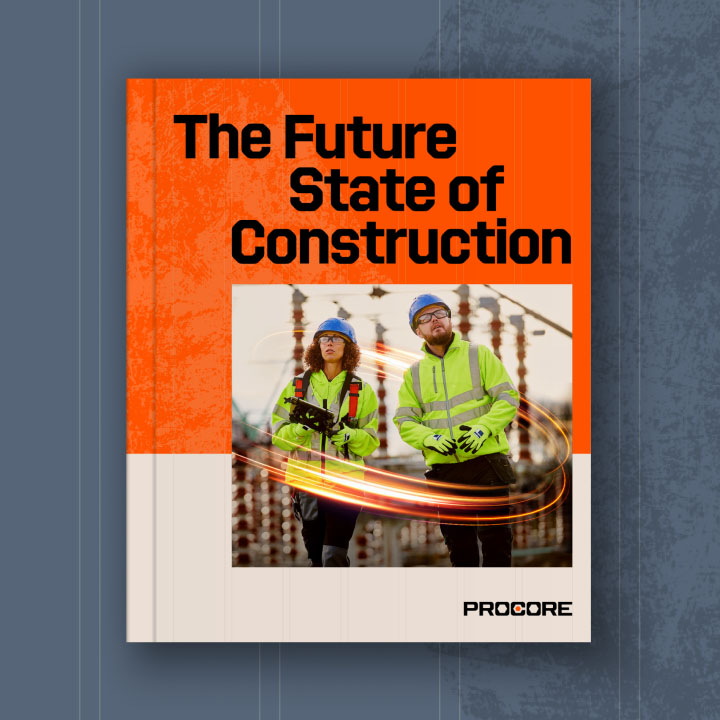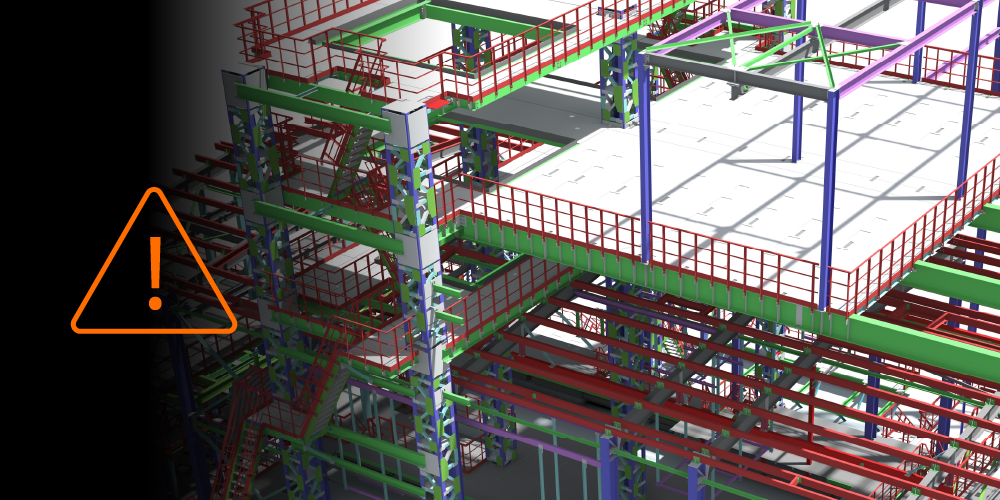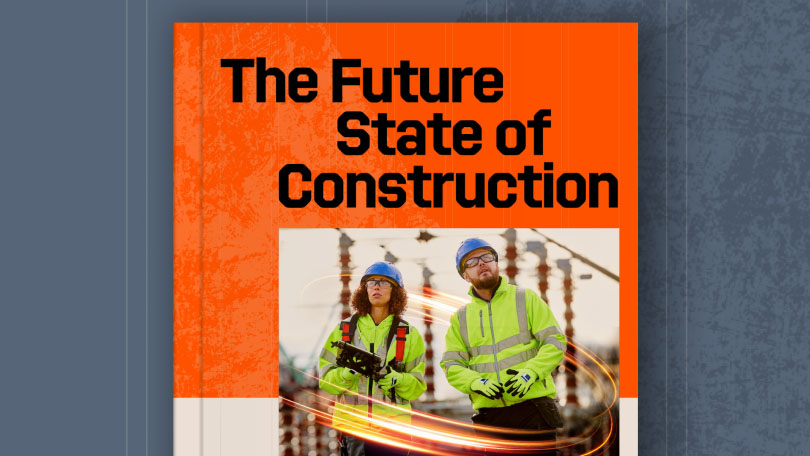Related Articles
— 6 min read
Building Bridges: How Owners and General Contractors Can Communicate for Success
Last Updated Aug 28, 2025
Michelle Stack
Senior Strategic Product Consultant
11 articles
Michelle Stack is a Senior Strategic Product Consultant at Procore, bringing over 20 years of experience in project management, IT solutions, and change transformation. For 7 years, she has led technology change in the construction industry working closely with teams in design and construction through to post completion. Throughout her career, Michelle has successfully aligned operations with organisational strategies, ensuring changes are implemented through clear communication, training, and evaluation. Her extensive expertise has made her a trusted leader in driving effective, sustainable transformations.
Last Updated Aug 28, 2025

From the very earliest stage of a construction project, the quality of communication between the client and the general contractor appointed to deliver the work is the cornerstone of a successful outcome. While the two parties are often portrayed as being at opposite sides of the negotiating table, both a client and a contractor want the same thing – a project delivered on time, within budget and to an excellent standard of quality.
The practical nature of construction, combined with the potential implications of poor performance, make clarity absolutely essential. At the start of a project, discussions around client needs and expectations, scope, timelines, financials and roles and responsibilities need to give everyone certainty of what is expected from them.
Miscommunication, grey areas or incompleteness of communication around any of these fundamentals can at best result in delays, rework or additional costs, and at worst, can lay the groundwork for costly litigation down the track.
Here are some of the fundamentals of effective, coherent and efficient communications and how they can contribute to mutually beneficial project relationships and outcomes.
Table of contents
1. Set clear and realistic expectations.
From project inception, it is essential that the client, the design team and the contractor clearly explain expectations around project parameters including timeframes and budgets. While this might seem like something that can be taken for granted, if all the information around those matters is coming just from the client, the risks associated with the project may be greater.
Communication always involves more than one party; it is a dialogue between the giver and the receiver. In construction it is also vital there be clear and honest feedback where major project decisions are being made.
Timeframes, especially, need to be discussed in a practical and mutually respectful manner. If a client is pushing for a timeframe the contractor knows from experience is going to be too tight, this needs to be communicated by explaining why it is in the client’s best interests the works are not rushed.
Rushed works often mean mistakes, and whether that involves rework or defects or potential workplace health and safety incidents, if a client wants a quality outcome, they need to agree to reasonable and practical terms. The contractor can support their communications on this with evidence from previous projects, or from industry data such as the reports on defects issued by the NSW Building Commission.
Setting accurate timeframes for the project and clearly communicating them to the owner, financier, and potential purchasers is crucial. It ensures everyone understands the realistic timeline needed to deliver the project to the required quality. Ultimately, it all comes back to the iron triangle of project management—balancing time, cost, and quality.
Michelle Stack
Senior Strategic Product Consultant
Procore
2. Foster transparency to manage risk.
Construction involves navigating multiple levels of risk, including financial, reputational and physical risks. For the head contractor, the design stage is an opportunity to reduce some of the risks through considering buildability with the design team.
If the architects or engineers are proposing solutions that are inherently high risk due to the configuration of the proposed building element, or potential challenges around procurement of preferred materials or potential cost increases, the contractor needs to communicate these risks to the client. The builder also needs to be clear with the design team around risk, to determine if there is a design-based solution that does not alter the project scope and deliverables already approved by either the client or consent authorities.
These are conversations that can have legal implications, so it is vital all communications around design changes, buildability and risk are put in writing.
3. Document, document, document.
There’s an old saying, “if it’s not in writing, it didn’t happen”. That holds true both for positive matters such as progress reporting and compliance signoffs, and for more challenging matters such as variations, delays and safety and environmental controls that were in place prior to incidents.
One of the most important things to communicate to a client is any potential or definite delay or variation. These need to be communicated in writing as soon as the contractor becomes aware there is an issue.
For many developer clients in the muti-residential space, for example, their financials may be impacted by any delays, as sales of apartments are relying on specific milestones being met at agreed dates. Also, the developer’s project marketing team will have their own timelines and budgets synchronised with the overall construction programme.
On the other hand, regularly updating the client and their team with progress reports and progress photos can also be used as an asset by the project marketing team. This may also be true for commercial projects, where the leasing agent or other stakeholders are eager to update future tenants on the progress of the building.
If it's a developer that's going to be selling apartments, they want to keep their financiers and purchasers informed of how the project is going. So, you may want to be feeding back progress photos and the next planned activities for all of those stakeholders as well.
Michelle Stack
Senior Strategic Product Consultant
Procore
4. Establish a system.
At the outset of a project, when the contractor and client are setting out the mutual expectations and responsibilities, both should agree on the frequency, method and goals of reporting and updates.
Methods may include email, shared digital information management systems, cloud-hosted progress meetings, and face-to-face or onsite meetings at specific intervals. The substance of reporting and communications during the project is likely to include as a minimum:
- Progress against agreed program
- Financials and budget tracking
- Variations and the reason for variations
- Safety reporting including any near-miss incidents or incidents
- The completion of Inspection Test Plans
- Any relevant information from stakeholders such as consent authorities
Arrangements for communications between client and contractor on the means, methods and scope should also include agreements on timely responses to various matters, in particular to requests for information (RFI), design documentation signoff, progress inspections, and variation approvals. The timeframe for response will of course depend on the risks associated with the matter, and the financial implications of delays in response.
To keep track of communications requirements and the data and information behind them, such as project workflows, invoicing and inspection signoffs, using a construction management system such as Procore can help streamline the integration between project data and outbound communications.
The reason that accountability, clarity and effectiveness in communication is such a big topic for construction is because there are so many stakeholders involved, and also many of those stakeholders have so much to lose.
Michelle Stack
Senior Strategic Product Consultant
Procore
Clear communication is key to project success.
Strong, consistent communication between owners and general contractors is the foundation of a successful construction project. By setting clear expectations, fostering transparency, documenting decisions, and establishing structured communication systems, both parties can work together more effectively to reduce risk, avoid costly disputes, and keep projects on track. When communication is prioritised, projects are more likely to be delivered on time, within budget, and to a high standard of quality—ultimately benefiting all stakeholders involved.
See what’s coming in construction over the next decade.
Download the Future State of Construction Report for insights, trends, and innovations shaping the industry over the next 8–10 years.

Categories:
Written by
Michelle Stack
Senior Strategic Product Consultant | Procore
11 articles
Michelle Stack is a Senior Strategic Product Consultant at Procore, bringing over 20 years of experience in project management, IT solutions, and change transformation. For 7 years, she has led technology change in the construction industry working closely with teams in design and construction through to post completion. Throughout her career, Michelle has successfully aligned operations with organisational strategies, ensuring changes are implemented through clear communication, training, and evaluation. Her extensive expertise has made her a trusted leader in driving effective, sustainable transformations.
View profileExplore more helpful resources

Managing Direct Costs in Construction: How Visibility Drives Profitability
Direct costs define the financial reality of every construction project. They cover the labour, materials, and equipment that drive delivery and determine profitability. But even the best-planned budgets can shift...

BIM Clash Detection: Reducing Rework, Delays, and Risk in Construction
Design clashes can be a significant hidden cost in construction, as each conflict between systems risks expensive rework, project delays, and reduced margins. BIM clash detection empowers teams to identify...

Next-Gen Job-Costing: Ready to Move? 5 Things to Consider Before You Get Started
In this three-part series, Quantity Surveyor turned Financial Solutions Specialist Clint Burgess uncovers the real-world gains for people, processes, and profits when businesses move from legacy to next-generation Enterprise Resource...

From Workarounds to Workflow: Solving Construction’s Legacy Job-Costing System Challenges with Next-Gen Tools
In this three-part series, Quantity Surveyor turned Financial Solutions Specialist Clint Burgess uncovers the real-world gains for people, processes, and profits when businesses move from legacy to next-generation Enterprise Resource...
